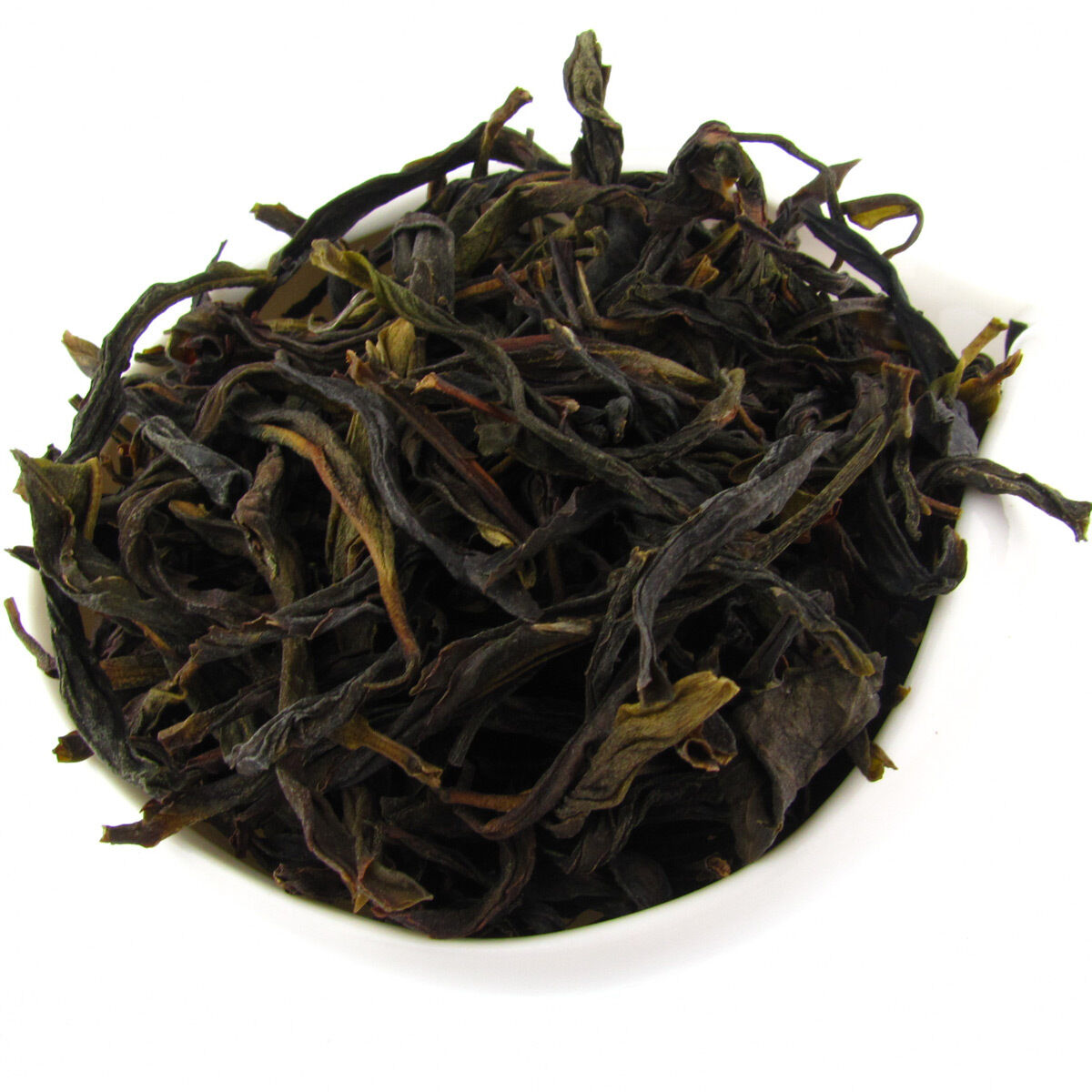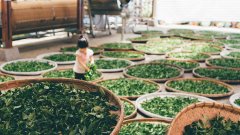Which is the most expensive flavor of Phoenix Dancong tea? How to distinguish between true and false Phoenix daffodil Dancong oolong tea?
For those who want to take advantage of most consumers who don't have enough information, this can mean a huge opportunity. However, as an advocate of high-quality tea, this situation is worrying because it means long-term damage to the tea trade.
First of all, there is no variety of table tea. There are several kinds of tea commonly used in Chinese restaurants. Second, "table tea" refers to low-grade products with strong opposition. A well-known brand selling tea at a relatively high price is basically telling customers that tea is really not worth your money and it is best to turn to other products, because even a reliable brand can not provide you with anything better.
Can they? Have they hired a capable tea merchant? Or do they think that this trend of Chinese tea is just another opportunity for profiteering?
This may sound silly, but it did happen.
There are many people around me who can't tell the difference between daffodils (oolong tea) and jasmine green tea, or Shoumei (a cheap white tea). No, they don't have taste buds. When we are surrounded by mediocre characters, they just mix together to form a faceless identity, no matter what they are, no matter what beautiful names they may be affixed.

The restaurant (once again) replaces the old tea which is loved because of its high price with other teas, keeping its original name. The cans in the supermarket are full of products that do not match the label, such as tea varieties, origin and even tea categories. Mislabeled products can be found even in famous stores in San Francisco, London, Beijing or Tokyo. Or products with misleading labels.
The accuracy of labels is the first step in educating consumers. Well-informed consumers are good customers for all honest merchants. They are also the key to the long-term and healthy development of tea trade. Declining quality and misleading names will only lead to market disillusionment. It could eventually stifle all trade.
The guilt of a small number of cheaters in the industry will be borne by the industry as a whole.
However, naming errors are sometimes not due to dishonesty. Some people in this business are completely ignorant. Some people are too old, too complacent, or too proud to correct their views on common myths or mispractices. Some people can't get the right information. Some people just don't care. Most of these people tell others what they have been told. One trader to another. Shopkeeper to consumer. Handed down from generation to generation. Error propagation. Life is misunderstood.
In our small efforts, in order to balance this situation and to eradicate it to some extent, we have provided proper names, other commonly used names, and various forms of Romanized names for each tea variety. In this way, the reader can at least visually understand the true meaning of the name. In some tea varieties, we have listed several grades so that people can register each name according to the appearance range of the tea variety.
We should wait until the Internet can distribute labels in addition to words and pictures, taste and smell, and even more accurate names. It's just a joke.
Important Notice :
前街咖啡 FrontStreet Coffee has moved to new addredd:
FrontStreet Coffee Address: 315,Donghua East Road,GuangZhou
Tel:020 38364473
- Prev
What grade is Phoenix eight Immortals single fir tea? what are its characteristics? Can I drink the head of Phoenix Dancong tea?
Among all the flower-style Phoenix oolong, the eight Immortals is not only my favorite, but also when my health is threatened or depressed, I often turn to it for help. This is also the tea chosen by Phoenix producers in the tea competition to best represent their technology. It is indeed one of the best wines in Phoenix, but it is not the easiest to make, and its taste is not easy to attract new ones.
- Next

Why is the production process of Chaoshan Phoenix Dancong oolong tea called duck shit fragrance?
The main step in the production of oolong tea is to scratch the leaves of oolong tea, so that the cellular structure around the edge of the leaves is gradually slightly broken, so that the enzymes come into contact with other components of the leaves, making them into unique flavor and aromatic substances. This is an oxidation initiated by enzymes and is widely known as fermentation. We will follow the practice of using terms on this website to avoid confusion. Therefore, oolong tea was ordered.
Related
- Beginners will see the "Coffee pull flower" guide!
- What is the difference between ice blog purified milk and ordinary milk coffee?
- Why is the Philippines the largest producer of crops in Liberia?
- For coffee extraction, should the fine powder be retained?
- How does extracted espresso fill pressed powder? How much strength does it take to press the powder?
- How to make jasmine cold extract coffee? Is the jasmine + latte good?
- Will this little toy really make the coffee taste better? How does Lily Drip affect coffee extraction?
- Will the action of slapping the filter cup also affect coffee extraction?
- What's the difference between powder-to-water ratio and powder-to-liquid ratio?
- What is the Ethiopian local species? What does it have to do with Heirloom native species?

